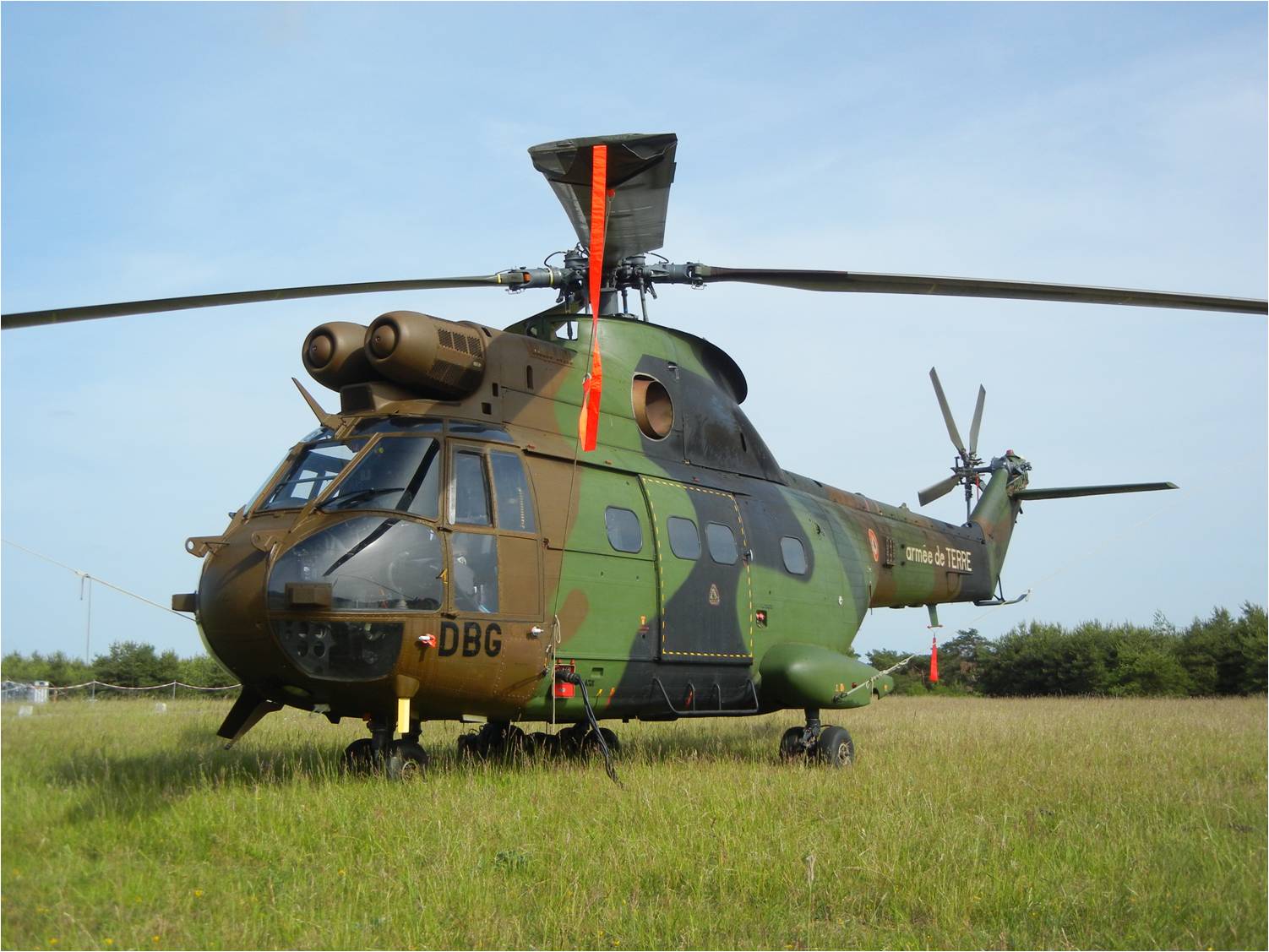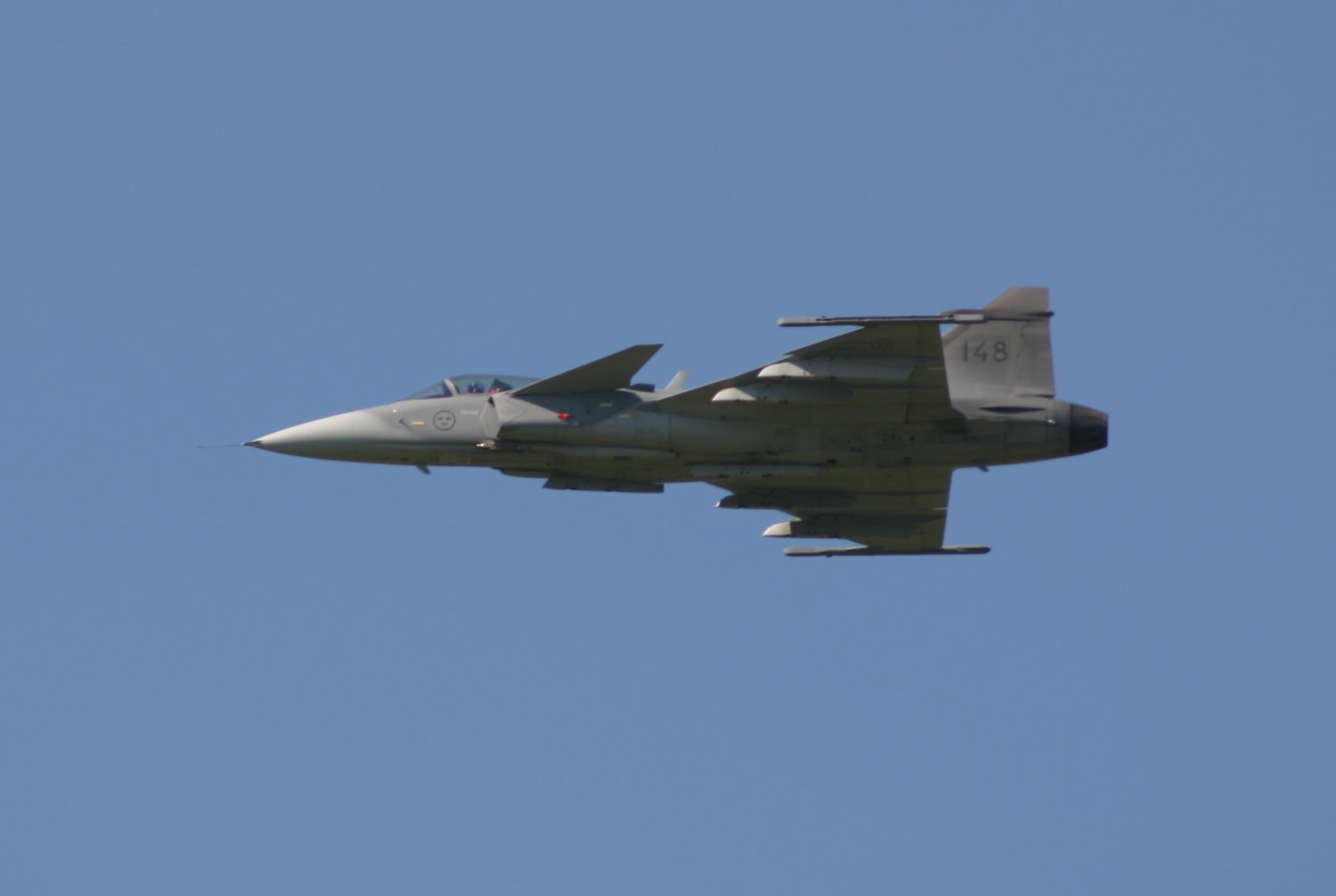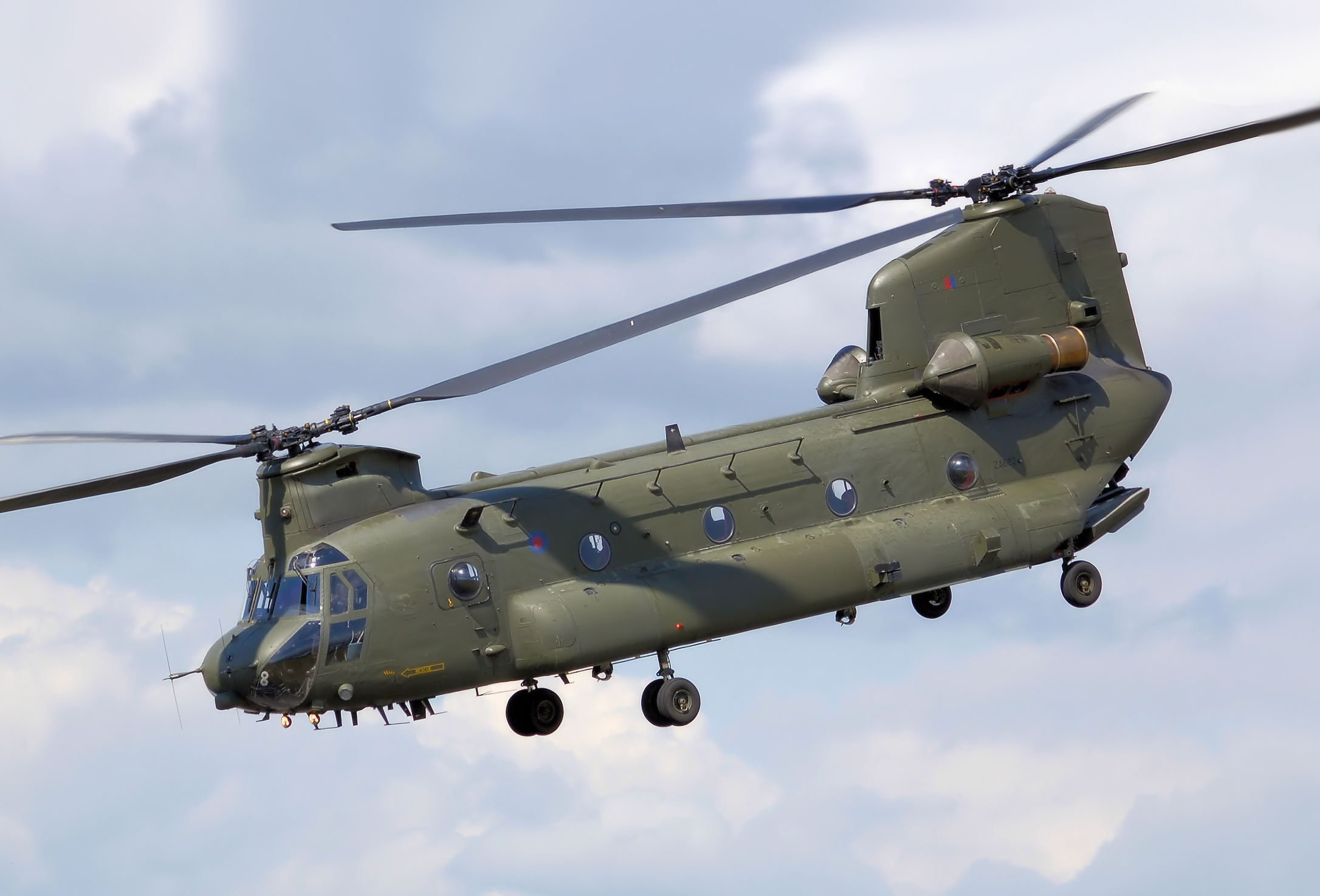
31/05/11 By Craig Hoyle Flight
International
The task of developing the West's most powerful-ever turboprop has had its challenges, but with civil type certification having been secured, Europrop International (EPI) is just months away from
launching series production of its TP400-D6 engine for the Airbus Military A400M.
Received on 6 May from the European Aviation Safety Agency, the approval clears the way for partners ITP, MTU Aero Engines, Rolls-Royce and Snecma to power production examples of the A400M in
service from early 2013.
The French air force will be the first to get its hands on the new type and it will eventually receive 50 aircraft from a revised total of 170 to be delivered to Belgium, France, Germany,
Luxembourg, Spain, Turkey and the UK. The EPI consortium's stake in the project is worth more than €4 billion ($5.6 billion) and over 750 engines.
A three-shaft design with a power output of up to 11,000shp (8,200kW), the TP400 has brought with it a unique set of challenges. The A400M launch contract of May 2003 required the aircraft and
its propulsion system to be certificated to civilian standards, but its specifications were such that Airbus Military, EPI and EASA would have to explore new territory.
"We worked with EASA intently over the last 18 months to get the engine to the full certification standard," says EPI president Simon Henley. The engine consortium is responsible for delivering
the A400M's entire propulsion system. At its heart are four TP400s, each weighing around 1,900kg (4,190lb) and with 5.3m (17.4ft)-diameter, eight-bladed Ratier-Figeac FH386 propellers. They are
integrated with the aircraft via a full authority digital engine control system described as being several times more complex than the one used on the Airbus A380.
It is almost six years since the TP400 made its first ground run in France. Engines have since amassed more than 12,000h of running time, including around 4,000h at ground test sites in France,
Germany, Spain and Belgium. The remaining 8,000h have been accrued on the wings of four A400M development aircraft, with more than 5,000 engine hours logged in flight.
As with the A400M programme as a whole, the engine development work has run well behind the schedule set out in the original contract signed with Europe's OCCAR procurement agency. First delivery
of the aircraft was then targeted for November 2009, but it would be one month beyond this date before the first development aircraft, MSN1, would take to the air from Airbus Military's San Pablo
site near Seville in Spain.
Efforts to save the A400M from possible cancellation led to the declaration of a roughly three-year programme delay. Airbus Military says it is successfully tracking this target.
The next major milestone on the TP400's journey to service entry will be the planned receipt of military certification around mid-2012. This target remains in place, despite a roughly eight-month
slip experienced in achieving the civil standard, Henley says.
Speaking at last year's Farnborough air show, EPI officials identified a September 2010
target for civil certification. However, with the TP400 being both the first large turboprop and the first military engine to have come before EASA, the deadline came and went.
Concluded in the last quarter of 2010 as the last major element of the certification programme, medium bird ingestion testing represented a potential major stumbling block when it came to the
TP400's ability to meet a widely adopted industry standard for recovering from such an event.
The agency's regulations stipulate that "ingestion must not cause more than a sustained 25% power loss, or the engine to be shut down during test". But its specific requirement for the design to
recover within a period of not more than 3s could not be met.
"We were very close to the absolute figures that they had provided," Henley says, attributing the issue to the regulator's desire to maintain the standards employed towards turbofan designs.
Although the TP400 required 3.8s to reach the required 75% power level after an incident, he notes that it then went on to recover to 100% rating just 1.2s later, having suffered no damage. With
this in mind, the EASA went to public consultation to propose an alternative means of compliance.
In April, it said: "EASA is not in the position to judge whether or not other comparable turboprop engine designs have met the 3s recovery, since there was no European turboprop engine subject
to type certification over the last 40 years. Moreover, there is no evidence that any turboprop ever met the 3s recovery time."
The agency noted that: "The energy delivered to the aircraft after the medium bird strike and during the subsequent 3.8s is equivalent to or better than an acceptable realistic profile for 75%
power recovery in 3s."
EPI says that "during development testing the engine demonstrated exceptional performance operating at sea-level and altitude conditions. It also proved its ability to cope with bird strike, ice
and water ingestion."
"We are specification-compliant in terms of performance," says Henley.
The civil type certification achievement came as additional good news to the EPI consortium, which had just days earlier signed an amended contractual agreement with Airbus Military to resolve
all issues linked to the A400M's delay. The pact was signed in Toulouse by Henley and Erik Buschmann, Airbus Military's head of propulsion procurement.

|
|
© Europrop International
Rolls-Royce is responsible for the TP400's high-pressure compressor; certification work concluded in the last quarter of 2010
|
Henley says all the "hard negotiating" over the resolution had been done before he became EPI president on 1 January this year. Noting that those involved had a "shared destiny" in wanting to
deliver the A400M, he says the result was "a very cordial agreement that all parties were happy with".
The amendment also incorporates changes agreed in a new contract signed by the programme's seven launch nations via OCCAR on 7 April 2011, including a less steep ramp-up to full-rate production
of the aircraft. As well as the 170 A400Ms for the European partners, 10 more will still be built from original planned orders for Germany and the UK, and offered for sale "as soon as possible".
Four more will be delivered from 2014 to the programme's lone export customer, Malaysia.
INTERNATIONAL USERS
Work linked to the TP400 is expected to be valued much more if Airbus Military gets anywhere near its target of selling another 400 A400Ms to international users over the next three decades.
Snecma believes the technologies behind the giant turboprop could also have future applications with equipment such as "combat drones or heavy helicopters".
EPI is now working to complete the last four flight-test engines to be produced, with 25 having been delivered previously. "We will hand those over in the second half of this year and start to
build production engines towards the end of the year," Henley says. "There is still some validation testing to do, but we know the configuration."
The first deliveries will power production aircraft MSN7 in flight from late 2012.
A new assembly line for the TP400 has already been established at MTU's Munich site, and Henley says this is now "live and running smoothly". Previous plans had called for the work to be
conducted at the German company's Ludwigsfelde plant, but the latter will still be used during the test and delivery of completed engines.
Four of an eventual five "Grizzly" flight-test aircraft are involved in development activities from Seville and Toulouse, with the most recent aircraft having begun operations last December. The
fifth, a production-representative aircraft, MSN6, should be flown for the first time in October, with its engines to be installed soon on the San Pablo final assembly line. The fleet has amassed
around 1,600 flight hours, with another 1,000h required before the declaration of initial operating capability to the customer nations in late 2011.
The EPI team receives near real-time engine data from the flight tests at R-R's Filton site near Bristol in the UK, which Henley says is a great benefit. "We get feedback within two or three
hours, so can process any issues overnight."
It is in flight test that much key information has been gathered about the performance of the propulsion system. Activities conducted by the fleet in the past few months have included measuring
the TP400's capabilities across a range of conditions, from minimum speed take-offs to high crosswinds and sub-zero temperatures. This followed earlier strong results during stall testing, which
Airbus Military says validated the clean airflow created by using a "down between the engines" configuration.
Powerplants and systems were subjected to extended "cold soak" tests during a deployment to Kiruna in Sweden this year. These included a 24h period exposed to temperatures as low as -38°C
(-36.4°F). Elsewhere, test aircraft have operated in crosswinds of up to 22kt (40km/h), with higher speeds to be sought later.
The TP400's power has been demonstrated recently in minimum control speed tests, with MSN4 having been rotated as low as 82kt and with climb-out at 105kt.
Work was also conducted in April on VMCG (minimum control speed on the ground) tests, in which a fuel restriction was introduced to one engine to simulate a failure during the take-off run, and
12 shutdowns performed. In the event that one of the aircraft's outboard engines loses power on take-off, the opposite TP400 has its output reduced by 25% using an automatic take-off compensation
system.
Good results have also been reported from initial tests with acoustic cladding installed inside MSN4. "First indications are that noise levels are already meeting requirements," says Ed
Strongman, Airbus Military's chief test pilot military. This could lead to a weight saving by removing the need to install active noise cancellation equipment in the cargo hold. Full noise
measurements will be performed using MSN6.
NO PROBLEMS
"We've done all the work on the propeller and the propeller stress survey and calibration flights to show the power being produced on the aeroplane is as we expected, plus all the transients and
the slams in various configurations, with no problems," says Strongman. One more FADEC standard has yet to come, but he says the current one - FFS 2.1 - delivers full functionality.
Fifteen dry contacts were also made with a Royal Air Force Vickers VC10 in air-to-air
refuelling trials conducted from Toulouse. The test team wanted to study the effects on the A400M's propellers and tailplane from the tanker's four R-R Conway engines, and Strongman says "there
were no problems across the envelope".
Water ingestion tests will be at Istres in June, and fleet activities for the rest of this year to be focused on securing EASA civil type certification for the A400M itself.
One production modification to the propulsion system is likely to include the installation of vortex generators inside the jet pipe to address a nacelle cooling issue identified in early testing
when jet flow returned inside the nacelle when run at low power on the ground. The change has been proven on the ground and in flight.

|
|
© Charles Knight/Rex Features
The A400M flew at Farnborough last year
|
Looking ahead to the need to provide TP400 operational support, plans have been made for an "EPI Protect" model. This was initially viewed as being a collaborative arrangement between France and
the UK, but Germany and Turkey at least have also shown interest in using a joint set-up. "We are having preliminary-type discussions, but we know what it would look like. It gets closer and
closer to a commercial approach," says Henley.
"It's an incredibly integrated programme, from the engine into the propulsion system and into the aircraft," he says, referring to EPI's close working relationship with Airbus Military. "I am
delighted with the extent to which we have been able to work together."
The A400M will be on static and flying display at June's Paris air show, and at the 40th
anniversary Royal International Air Tattoo at RAF Fairford in the UK in mid-July.
































